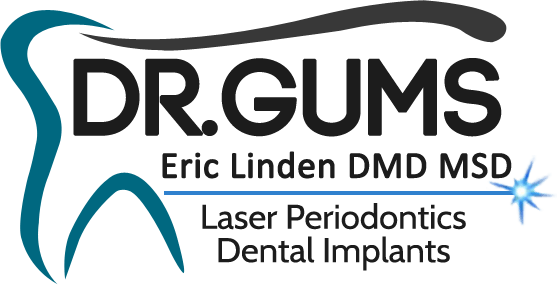CHICAGO – February 27, 2003 – Researchers at the University of Michigan may have found how gene therapy can help restore the damage caused by advanced periodontal disease, a chronic bacterial infection that destroys the gums and bone supporting the teeth, allowing millions of Americans to keep their natural teeth for a lifetime, according to a new study in the Journal of Periodontology. Study Abstract *
“Currently, no therapies exist that can predictably regenerate tooth-supporting structures destroyed due to periodontal disease,” said William Giannobile, D.D.S., D.M.S., associate professor of dentistry at the University of Michigan and lead investigator of the study. “This study represents a tissue engineering approach to repair periodontal defects in animals. Human trials will be necessary to determine the feasibility of gene therapy to treat periodontal and other oral diseases.”
The main cause of periodontal disease is a hard substance called plaque, a sticky colorless film that constantly forms on the teeth. Toxins produced by bacterial plaque irritate the gums and stimulate a chronic inflammatory response in which the tissues and bone that support the teeth are broken down and damaged. Gums separate from the teeth and form deepening pockets that become infected. As the disease progresses, the pockets deepen further and more gum tissue attachment and bone are lost. Eventually, teeth can become loose and may have to be removed.
Researchers inserted a gene called bone morphogenetic protein that encodes a bone-stimulating factor into an inactivated virus in a rat. The virus then transferred the genes into grown skin cells. These genetically-engineered cells were transplanted into large periodontal bone defects surrounding the teeth, which regenerated tooth-supporting structures, such as the jawbone, periodontal ligament and the protective coating on the teeth called cementum.
“We’ve been talking about the possibility of gene therapy in dentistry for quite some time and now it’s here,” said Gordon Douglass, D.D.S., president of the American Academy of Periodontology. “We have seen recent reports of tissue-engineered teeth in pigs and now we can consider its use in treating a silent epidemic that’s been making its way in the mouth of millions of Americans each year – periodontal disease.”
A referral to a periodontist in your area and free brochure samples on periodontal disease are available by calling 800-FLOSS-EM or visiting the AAP’s Web site at www.perio.org.
About the AAP
The American Academy of Periodontology (AAP) is the professional organization for

